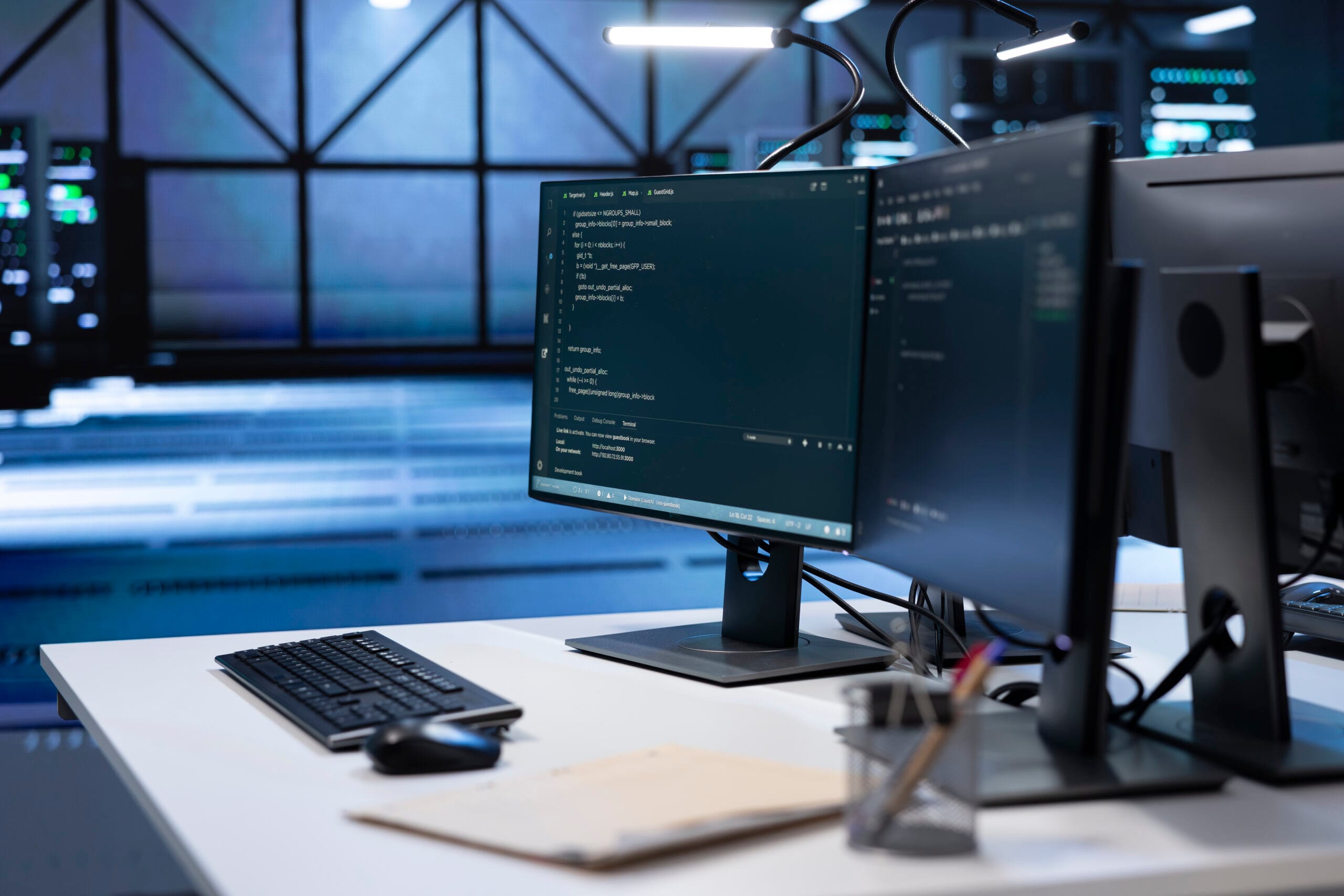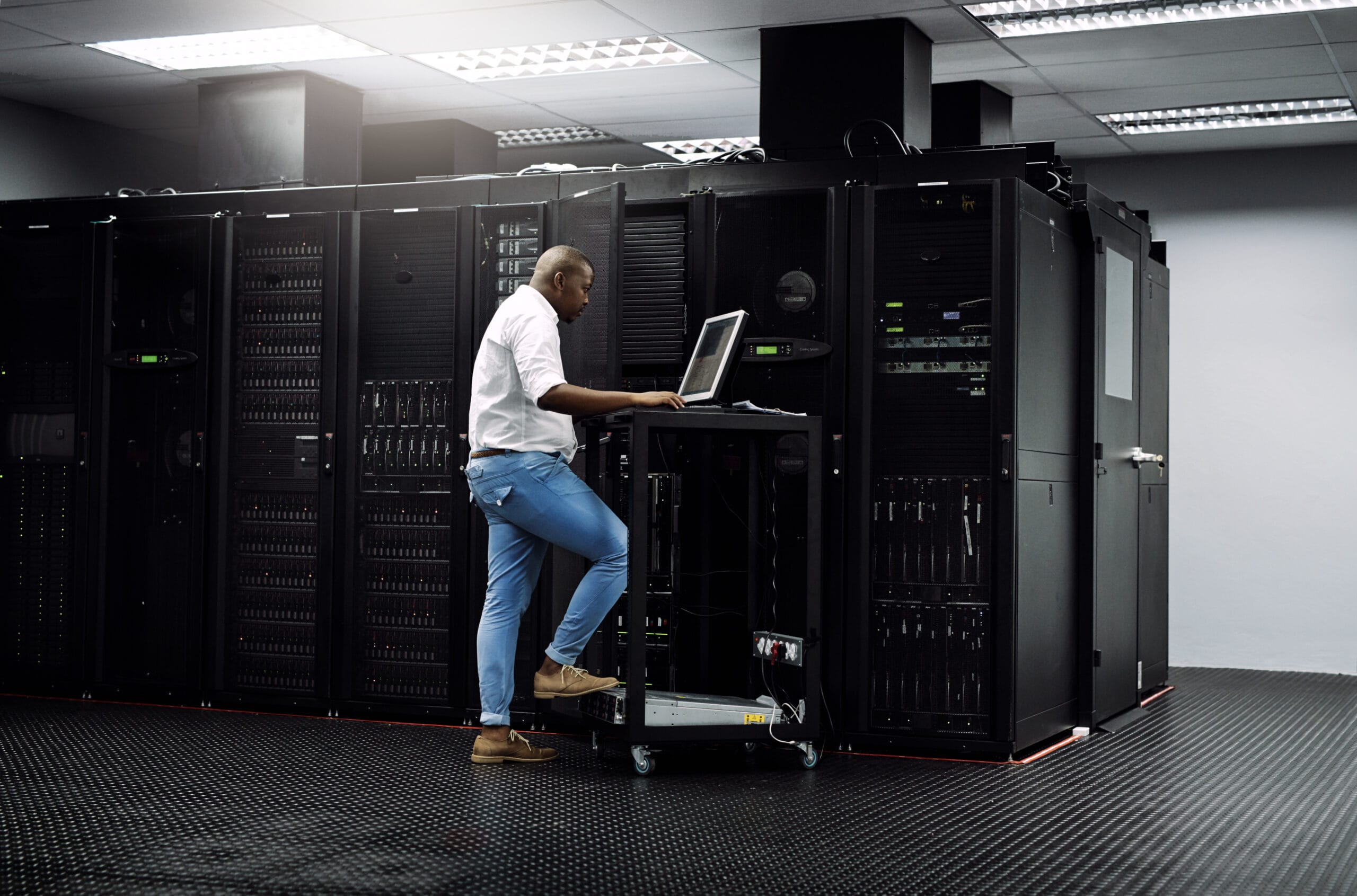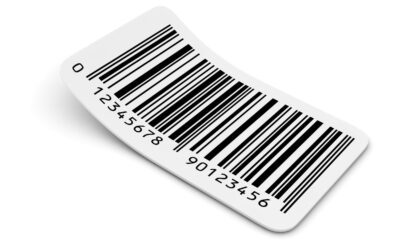
If you’re in your office, look around yourself and try to identify different assets in the room that can, in any way, be connected to a computer. If you’re not in your office, just try to imagine all the objects that help you perform digital tasks.
The list of assets you’re coming up with might seem endless. Let’s see what they are: the computer or laptop itself, desktop screens, keyboards, mice, CPUs, USB sticks, mobile phones, tablets, projectors, scanners, printers, photocopiers, routers and a lot more! How do you possibly group all of these into one category? How do you put a mobile phone in the same box as a projector?
If you wanted to refer to all of these objects in two words or one term, you’d call them ‘IT assets.’ Continue reading to find out more about what IT assets are and how an ITAM (IT Asset Management Software) will work for your organisation.
IT Assets – Definition

An asset is something you own that plays a role in helping you conduct your day-to-day business operations. However, the term IT asset refers to the domain and includes everything you own that helps you perform computer-based tasks.
Any piece of hardware, software or digitally stored information that holds value for your business qualifies as an IT asset. Let’s look at the different types of IT assets to have a better understanding.
- Hardware – Any object that has a chip inside of it and helps you conduct digital tasks is IT hardware. For instance, laptops, smartphones, mice, keyboards, printers, Wi-Fi routers, and telephones. Note that hardware is not limited to these objects only.
- Software – Software that helps you conduct your business operations, such as your invoicing system, is also considered an IT assets.
Digital Information – Any information of value stored on a computer or an online database is an IT asset. These could be financial datas heets, licence agreements, and even NFTs or crypto assets.
What is ITAM and Why Do You Need it?

If you’re an IT-intensive company, IT asset management (ITAM) is an absolute necessity for you. It involves keeping a detailed and updated log of all your IT assets so you can optimise your productivity, inventory and business funds allocation. IT asset management is defined as the methodical process of tracking, controlling, and maximising the technology assets of an organisation across its lifetime. This covers hardware, software, and digital resources, therefore guaranteeing their effective use, appropriate maintenance, and compliance with pertinent laws and licensing requirements.
In ITAM, you log your IT assets with unique asset profiles, adding important information to each profile. For instance, if you bought a new desktop screen, you can create a new asset profile and add important information you might need later such as date of purchase, cost of purchase, and warranty information.
Not only that, IT asset management involves tracking much more functional data like who the asset is assigned to, where it is and when its last maintenance date was. ITAM makes all such information about your assets available to you so you can use it to make well-informed decisions for your business.
The process of recording unique information for different assets opens a lot more possibilities to make your business more productive and help it grow. ITAM gives you greater clarity and control over your IT assets, but with the right IT asset management software, all this data is always accessible to you.
Plus, you can run customisable reports about how your IT assets are being utilised. These insightful reports can prove to be really powerful in turning your business productivity around if used the right way.
Challengers in Managing IT Assets
Keeping control over IT resources in today’s ever-changing technological scene is not easy. Organisations encounter many difficulties that can greatly affect their operational security and efficiency. From monitoring and preserving assets to guaranteeing industry standards’ compliance, these difficulties call for a strong and calculated response. Luckily, itemit’s ITAM program is made to solve these challenges and gives companies the means to properly handle their IT resources.
Asset Depreciation
Dealing with depreciation is one of the main difficulties in controlling IT resources. Unlike other company assets, IT ones, including servers, computers, and networking equipment lose value quickly as technology advances. As more modern, more efficient models are developed, the value of the IT assets decreases, so companies must precisely monitor and control the depreciation of their assets.
The ITAM system of itemit lets companies monitor the rates of asset depreciation very closely. Real-time data tracking and automated depreciation calculations enable companies to schedule equipment replacements or upgrades at the optimal time, ensuring they always operate with the most efficient technology. This proactive strategy not only helps to preserve operational efficiency but also facilitates financial planning since companies can better estimate the expenses related to asset renewal.
Security Risks
Security concerns abound in the IT asset management sector. Particularly those related to the internet or stored in clouds, IT assets are vulnerable to cyberattacks, including data breaches, viruses, and ransomware. Furthermore, given their propensity to theft or loss, the physical security of computer-fixed assets like laptops and mobile devices is another concern.
The ITAM tools from itemit offer a complete way to reduce these hazards. Itemit guarantees that every IT asset is always counted for by providing strong asset tracking and monitoring tools. Advanced tracking features of the program let companies create alarms and alerts for any illegal asset movement or access. Itemit also ensures that all assets follow the most recent security standards by helping to keep current records of software licenses and security fixes, therefore lowering vulnerabilities.
Compliance and Legal Issues
Another major obstacle for companies handling IT resources is following industry rules such as GDPR or HIPAA. Ignoring these rules could cost the business a lot of money and harm its reputation. Avoiding legal conflicts also depends on making sure all software licenses are current and under good management.
The ITAM tools from itemit shine in guiding companies across these challenging regulatory obligations. The program offers thorough reports and audit tracks, which help companies show compliance during audits or inspections. Companies may also effectively manage their software licenses with itemit, therefore guaranteeing that all IT assets are legally compliant and correctly recorded. This helps to maintain a good reputation in the sector and lowers the possibility of legal fines.
Asset Discovery and Management

Another difficulty is the accuracy of the detection and administration of IT assets. Particularly when companies grow and acquire more technology, it can be challenging to monitor every asset in huge firms. Organisations running without a clear knowledge of what assets are in use, their location, and their condition could suffer inefficiencies, underutilisation of resources, or even security concerns.
Powerful asset discovery tools of itemit facilitate tracking and management of IT resources all over the company. Itemit guarantees nothing is missed by automatically spotting and recording new assets as they join the network. For IT departments especially, this function is rather helpful since it offers a whole picture of the company’s IT system, facilitating better planning and resource distribution. Businesses may maximise their asset use, decrease redundancy, and guarantee that all assets are kept in good condition by use of itemit.
Integration and Interoperability
Managing a wide spectrum of IT resources usually requires combining several systems and making sure they cooperate perfectly. This can be difficult, particularly in relation to assets from several vendors or systems that don’t naturally interact with one another. Inefficiencies, data silos, and higher running costs can all follow from poor integration.
With its interoperability for a broad spectrum of systems and platforms, itemit’s ITAM program solves this problem. Itemit guarantees that all of your IT assets cooperate harmonically, whether you are linking with other business systems or merging with current asset management technologies. This interoperability not only increases efficiency but also helps companies manage several systems by lowering their complexity, so freeing them to concentrate on their main operations free from technological concerns.
What Solutions Do We Have for IT Asset Management?
Although managing IT assets presents many difficult and complicated problems, companies can solve them with the correct instruments. With its complete solution for the main issues of asset depreciation, security concerns, compliance, asset discovery, and integration, itemit’s ITAM software Organisations may guarantee that their IT assets are well-managed, secure, and compatible with industry standards by using itemit’s advanced capabilities, therefore increasing the value and efficiency from their technological expenditures.
Itemit offers the capabilities required to negotiate the complexity of the IT asset management sector, whether your management of IT asset examples such as servers and networking equipment guarantees the security and compliance of fixed computer assets or otherwise. Through improved IT asset discovery and management techniques, itemit helps companies to keep ahead in a competitive market, maximise their resources, and make wise decisions.
What Does IT Asset Management Software Do For You?

itemit’s ITAM software is, by far, one of the most scalable asset tracking solutions you’ll find in the market. But before we get to its scalability and other advanced features, let’s introduce you to the functionalities it offers.
You already know what ITAM is. And itemit’s ITAM software lets you do it effortlessly. itemit is a cloud-based simple asset management system that lets you create unique asset profiles and add essential details to them in a neat, organised and time-saving manner.
Using the IT asset tracking software is pretty simple. itemit offers an off-the-shelf solution that can be set up right away, and if used right, you’ll start seeing the results from the very first day.
Benefits of Using itemit ITAM Software
Reduced Losses
IT asset management software gives you a better view of your assets. If all your asset data is properly logged in and kept up-to-date, it becomes a powerful tool to help you make the right decisions.
With the entire database just a few clicks away, you can search for the assets your business owns. You can use asset profiles to locate and retrieve assets and also avoid duplicate purchases.
Greater Accountability
Accountability boosts productivity. IT asset register software and asset tracking, in general, improve your business accountability. When each asset is assigned to a particular employee through itemit, the employee feels responsible for utilising the IT asset the right way and keeping it secure and well-maintained.
Faster Tracking with Asset Tags
itemit’s IT asset management software comes with a great range of helpful features and functionalities. For instance, you can use asset tags to fast-track your asset tracking.
Bottom Line
ITAM software is a critical tool for every IT-intensive organisation to leverage for greater productivity and profits. And for that purpose, you’ll find no better option than itemit’s IT asset management software. Because it’s highly scalable and versatile, it’s a one-size-fits-all solution for all business sizes and asset tracking purposes.
To find out more about how the itemit’s ITAM software can help your business save time and money, you can contact the team at team@itemit.com. You can also fill in the form below to start your 14-day free trial.

Try itemit
Choose a better way to track
your assets.
Start your free 14-day trial now!
Frequently Asked Questions
What does IT mean?
Hardware, software, data, and the knowledge of IT staff are all examples of IT assets that a company uses for its IT needs. These assets keep the business running, keep information safe, and help it grow.
What do you mean by "IT assets"?
IT assets include things like computers, servers, software programs, data saved in systems, cloud services, and the skills of the people who work in IT. This group includes pretty much everything that helps the IT system work.
Is a laptop an IT asset?
Yes, a laptop is an IT asset. It is a critical tool used by employees for various tasks, making it essential for business operations. As a physical, fixed asset, it needs to be managed carefully to ensure it remains secure, up-to-date, and functional.
How do you manage IT assets effectively?
IT asset management that works includes keeping track of assets from the time they are bought until they are thrown away. This process can be sped up by using software like itemit, which makes sure that assets are properly handled, kept safe, and up to industry standards.
What does IT asset management have to do with safety?
IT asset management is an important part of keeping things safe because it keeps track of all assets, makes sure they are up to date and makes sure rules are followed. It helps keep the company safe from possible cyber threats and prevents vulnerabilities.
How often should you check your IT assets?
IT assets should be reviewed at least once a year. However, in fields with strict rules or IT systems that are hard to understand, audits may need to be done more often to make sure everything is in order and following the rules.
What are the risks of not managing your IT assets well?
If you don’t handle your IT assets well, you could face security risks, not following the rules, higher costs, and inefficient operations. To avoid these problems and keep the business running easily, it’s important to manage assets properly.

Keep Learning
itemit Blog
Tips, guides, industry best practices, and news.
What Is Active RFID? A Complete Guide to Smart RFID Tags
Discover what Active RFID is, how active tags function, and the key benefits and use cases that make this technology essential for modern tracking systems.
Everything You Need to Know About 2D Barcodes
Discover everything about 2D barcodes, including how they work, their benefits, and how they are revolutionizing industries and improving business operations
Complete Guide to Asset Lifecycle Management and Its Benefits
Learn about asset lifecycle management and how it helps businesses optimize asset usage, reduce costs, and improve efficiency throughout the asset’s life.



